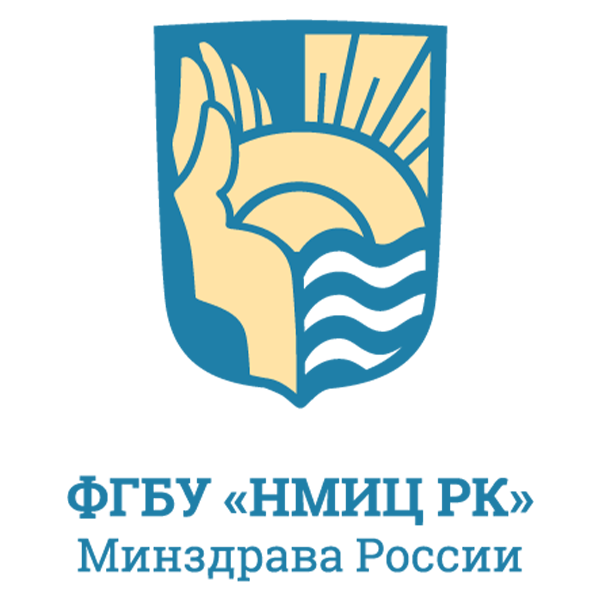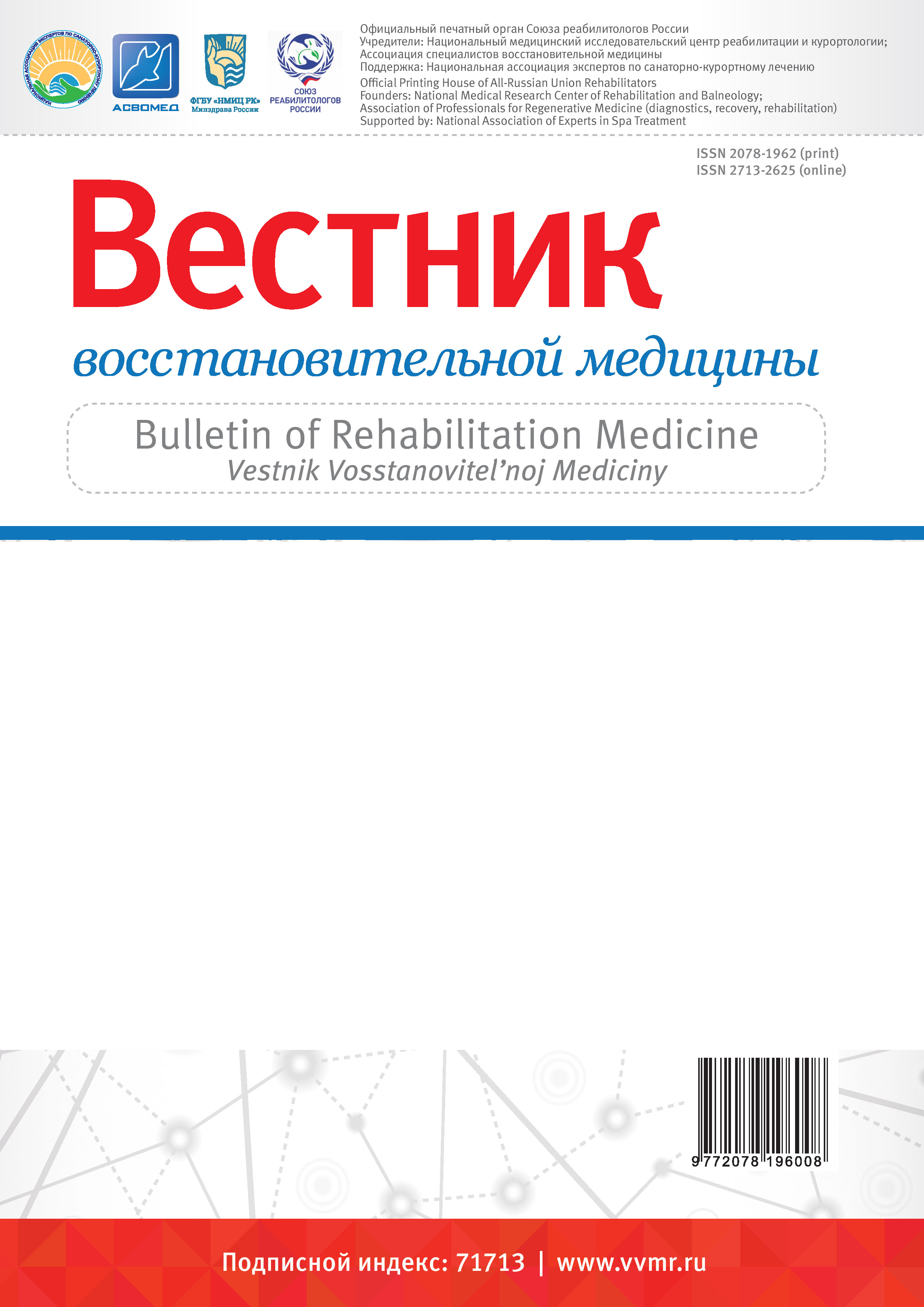An important part of the rehabilitation process in children with autism is the search for effective methods that affect the main pathogenetic mechanisms. Aim. To evaluate the effect of dolphin therapy (DT) on the monoaminergic and hormonal systems in children with autism spectrum disorders (ASD). Material and methods. 47 children with ASD – (F84) aged 3 to 14 years were examined. The I group – 23 children who received the basic sanatorium-resort treatment (SRT); the II group – 24 children got a course of DT. The checkup included examination by specialists, evaluation of serotonin, norepinephrine and cortisol in the blood serum before and after the treatment complexes. Results and discussion. There was a significant decrease in serotonin and norepinephrine, an increase in cortisol in children with ASD. After the treatment, there was a significant increase in norepinephrine levels and decrease in cortisol with an average degree of ASD in the group I, increasing in serotonin, norepinephrine and decrease in cortisol with all degrees of ASD severity in the II group. Many mental disorders are controlled not by the levels of serotonin and norepinephrine, but by their balance in content. The conducted basic SRT increases the level of norepinephrine and reduces the cortisol content in children with moderate severity of autism, without affecting severe forms of ASD. The use of DT in the basic HRT contributed to an increase in the content of serotonin and norepinephrine and a decrease in cortisol in moderate and severe autism, which had a positive effect on clinical indicators (manifestations of hyperactivity, phobias, aggression and autoaggression decreased, cognitive abilities, attention, speech functions improved). Conclusions. A close relationship has been established between monoamines and cortisol in children with ASD and their participation in the pathogenetic mechanisms of the disease. The inclusion of the DT in the SRT course contributes to breaking the vicious circle and normalizing the relationship between monoamines and cortisol in children with ASD.
autism spectrum disorders, children, serotonin, norepinephrine, cortisol, sanatorium-resort treatment, dolphin therapy
1. Filippova N.V., Baryl'nik Yu.B. Epidemiologiya autizma: sovremennyy vzglyad na problemu. Social'naya i klinicheskaya psihiatriya. 2014; 24(3): 96-101.
2. Elsabbagh M., Divan G., Yun-Joo Koh Y.J., Kim Y.Sh., Kauchali Sh., Marcín C., Montiel-Nava C., Patel V., Paula C.S., Wang Ch., Yasamy M.T., Fombonne E. Global prevalence of autism and other pervasive developmental disorders. Autism Research. 2012; 5(3): 79-160.
3. Bezgodova A.A., Zlokazova M.V. Etiopatogenez rasstroystv autisticheskogo spektra: sovremennye aspekty problemy. Vyatskiy medicinskiy vestnik. 2015; (2): 25-28.
4. Filippova N.V., Baryl'nik Yu.B. Neyrohimicheskie aspekty etiopatogeneza rasstroystv autisticheskogo spektra. Sibirskiy medicinskiy zhurnal. 2013; (8): 11-15.
5. Simashkova N.V. Rasstroystva autisticheskogo spektra u detey. Nauchno-prakticheskoe rukovodstvo. Avtorskaya akademiya. 2013: 264 s.
6. Liu X., Piao F., Li Y. Protective effect of taurine on the decreased biogenic amine neurotransmitter levels in the brain of mice exposed to arsenic. Advances in Experimental Medicine and. Biology. 2013; (776): 277-287.
7. Cohen D., Pichard N., Tordiman S., Baumann C. Specific genetic disorder and autism Clinical contribution towards their identification. Jornal of Autism and Development Disorder. 2005; (35): 103-116. https://doi.org/10.1007/s10803-004-1038-2
8. Kulinskiy V.I., Kolesnichenko L.S. Kateholaminy: biohimiya, farmakologiya, fiziologiya, klinika: Lekciya. Voprosy medicinskoy himii. 2002; 48(1): 45-67.
9. Gorina A.S. Kolesnichenko L.S. Vozrastnaya dinamika serotonina i 5-gidroksiindoluksusnoy kisloty v syvorotke krovi u detey s sindromom Kannera. Sibirskiy medicinskiy zhurnal. 2012; (5): 127-129.
10. Stilley S.E., Blakely R.D. Rare Opportunities for Insights Into Serotonergic Contributions to Brain and Bowel Disorders: Studies of the SERT Ala56 Mouse. Front Cell Neururosci. 2021; (3)15: 677563. https://doi.org/10.3389/fncel.2021.677563
11. Quinlan M.A., Robson M.J., Ye R., Rose K.L., Schey K.L., Blakely R.D. Ex vivo Quantitative Proteomic Analysis of Serotonin Transporter Interactome: Network Impact of the SERT Ala56 Coding Variant. Fronties in Molecular Neuroscience. 2020; (8): 13:89. https://doi.org/10.3389/fnmol.2020.00089
12. Kasper S. Depression and anxiety - separate or continuum. World Jurnal of Biological Psychiatry. 2001; (2): 162-163.
13. Ressler K.J., Nemeroff C.B. Role of serotonergic and noradrenergic systems in the pathophysiology of depression and anxiety disorders. Depression and Anxiety. 2000; (12): 2-19.
14. Laakmann G. Psychopharmacoendocrinology and depression research. Berlin: Pringer. 1991.
15. Uzbekov M.G. Neyrohimicheskie aspekty vzaimosvyazi monoaminergicheskih i gormonal'noy sistem v patogeneze trevozhnoy depressii. Social'naya i klinicheskaya psihiatriya. 2005; (2): 208-210.
16. Ponomarenko G.N. Fizicheskaya i reabilitacionnaya medicina: nacional'noe rukovodstvo. Moskva. GEOTAR. 2016: 101-102.
17. Knyazheva N.L. Kot i pes speshat na pomosch'. Animaloterapiya dlya detey. Yaroslavl'. Akademiya razvitiya. 2000: 179 s.
18. Kaladze N.N., Nuvoli A.V. Del'finoterapiya v reabilitacii detey s psihicheskoy i nevrologicheskoy patologiey. Kurortnye vedomosti. 2014; 5(86): 32-35.






